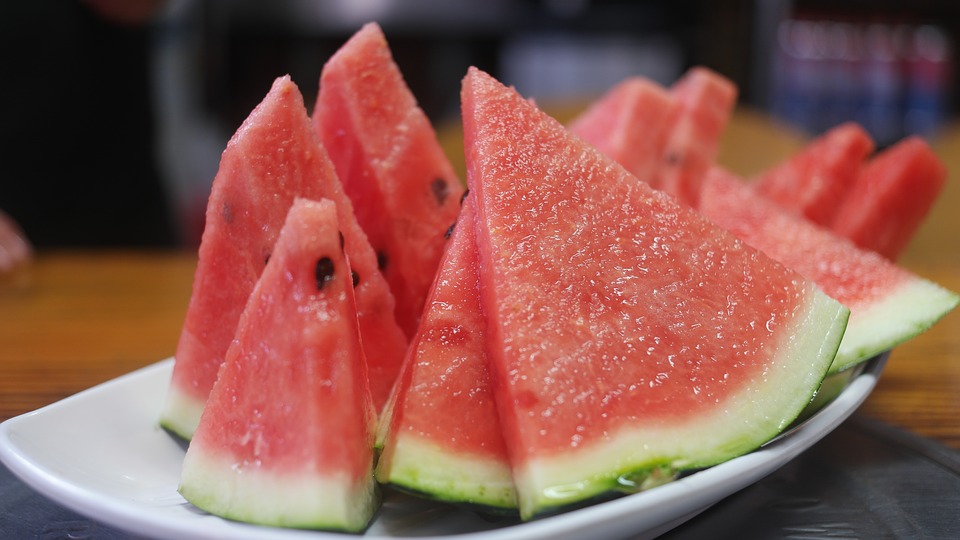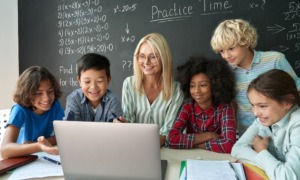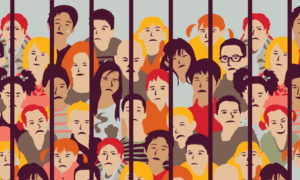Humans of Restorative Justice stories highlight the incredible individuals working to build and restore strong relationships in their communities. They are written and edited by David Levine based on interviews with real-world practitioners. This one is from Lauren of New York, New York.
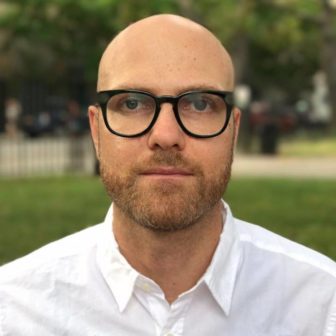 At the end of a long week of classes, a 10th-grade girl from student government made an announcement in assembly over the buzz of 300 students. When she finished she passed the microphone to another student council member.
At the end of a long week of classes, a 10th-grade girl from student government made an announcement in assembly over the buzz of 300 students. When she finished she passed the microphone to another student council member.
He quickly jumped forward with energy and confidence and asked the crowd if they were “ready for the fun part of the assembly?” This was the tradition at our school: The all-school assemblies were organized and hosted by the student government, with staff adding announcements and highlighting achievements. They usually ended with a fun performance or game to pick up everyone’s spirits before heading home for the weekend.
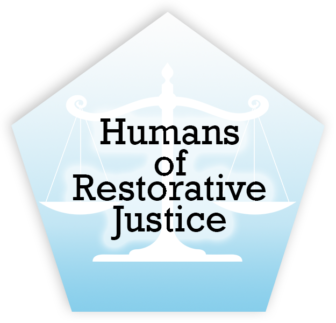 Today there were four desks set up side by side on the stage. The student asked for one volunteer from each grade level (nine-12) to come up and compete. A cacophony of yelling and hand waving erupted from the crowd as he picked four students who sat down at the tables.
Today there were four desks set up side by side on the stage. The student asked for one volunteer from each grade level (nine-12) to come up and compete. A cacophony of yelling and hand waving erupted from the crowd as he picked four students who sat down at the tables.
Helpers from the student government brought out giant slices of watermelon and placed them in front of each contestant, for the “Minute to win it watermelon eating contest!” This type of game was pretty typical. There was a pie eating contest in the fall, for example.
But as the host yelled “Go!” and the students began furiously devouring the slices of wet, pink watermelon, something immediately felt off. As I watched one of our darkest-skinned students, in front of a hooting and hollering crowd, digging into the watermelon, my eyes flitted quickly and uncomfortably around the auditorium. I locked eyes with a fellow staff member and I could tell that she was in disbelief.
‘What the hell?’
Almost everyone in the auditorium was having fun and cheering, however, and I didn’t see or hear anyone being offensive to the students on stage. But my concern that this could negatively impact some students was confirmed when a senior I knew well looked at me with a shocked expression as she mouthed the words “What the hell?”
It all happened so quickly that I didn’t react. As a white ally, I felt a strong urge to stop the event, as it was clearly an inappropriate display of racialized imagery with no place in a public school, regardless of how many others might not be aware of the historical or systemic harm it was attached to.
All I could do in the moment was stand in shock with my mouth open and then help the students file out from the auditorium. During a brief break before a staff meeting, I talked with a fellow teacher in my classroom about the spectacle. We wondered how this had happened and what needed to happen next.
At the staff meeting, one of the African-American teachers stood up and proclaimed, “I just want to name how uncomfortable that assembly made me feel.” His concern resonated with several other staff members, and the room became abuzz with chatter.
The student government had had the event’s agenda approved by a white staff member. It was clear that she had not registered the problem of having a watermelon-eating contest at a school in the Bronx with a significant African-American student population and a disproportionately white staff.
The principal, needing to continue the staff meeting, asked those concerned to stay after to discuss the situation with the proper time and attention that it deserved. A group of us gathered and formed a plan to address what had happened. It was reassuring that the principal was at this circle discussion, showing that all levels of leadership were invested in a restorative response.
A teachable moment
A few of the teachers suggested that we make the event a teachable moment and that we create and deliver a minilesson for students that would illuminate the issue. As I was already working on lessons surrounding the civil rights era and cultural competency in my classes, I volunteered to take the lead on creating content.
The following Monday, we taught this lesson on U.S. racial iconography as a tool of oppression in our classes schoolwide. This would ensure that all students were at least aware of the history of racialized imagery and the impact that might have been triggered by the contest.
We also agreed that we would hold a circle discussion with the student government students and interested staff members. As I had experience in this type of discussion format, I agreed to facilitate the circle.
On Monday we gathered the students and staff into a circle of about 20 people. We already knew through some precircle discussion that the event’s harm had not been intended by the students or the staff who had overseen the planning, so we started with the staff members sharing how they were affected.
One powerful share came from an African-American teacher who grew up in Birmingham, Alabama. Her description of the racism she experienced firsthand was powerful and grabbed the students’ attention, even the ones who had previously said that they didn’t understand “why we’re making such a big deal out of this.”
Soon it was clear to all that the assembly had indeed affected our community, even if it was unintentional. Genuine apologies were volunteered by the students, and as teachers we all agreed that we needed to work harder to help students connect what we were teaching to their own actions and choices in real-world settings.
The tough part in all this was that we knew the students had not intended to make fun of black folks and that there was no malice behind the event. But we also knew that, as a community, we needed to make this a teachable moment. After the talking piece had been passed around for the final time, we thanked everyone for being vulnerable enough to participate and I think we all felt better having shared and heard from one another.
A turning point
I see this event and the restorative response as a catalyst and turning point for our school. For several years, even before I arrived, we had a variety of restorative practices and a peer mediation program in place, but they were not always employed or supported to the fullest extent.
One thing this event did for the school was to cement our need for these types of processes when addressing tough issues. It served to bring us closer as a staff and to speed up our move as a community toward this enhanced approach of addressing conflict. The careful and restorative response we gave to this event felt good to the folks involved.
The principal went on to create a full-time restorative justice coordinator position the next year, a role I was asked to fill. Following this incident, we began to have brief “culture and counseling” check-ins on a daily basis. This helped us, as an example, to ensure that reentry meetings were happening after a student was removed from class and that all the support services are connected and communicating effectively.
The overseeing of these meetings between deans and counselors is now part of my role. In fact, there were a lot of things that we systematized in the following year due to this event, giving importance to such topics as cultural relevancy and ensuring that it is included in our classes and professional development.
I think the potential of this work is to disrupt violence of all kinds as we see it in our communities. It’s empowering to people to say “This is our community,” and if we don’t like what we are seeing, we have the power to gather ourselves and make changes. Sometimes students will say, “I’m just one person, what can I do?” Our school is now showing people that they do have power and influence in their community, that they can have a real impact.
If you or someone you know would like to be interviewed, please contact d.levine@nationalcenterforrestorativejustice.com.
David Levine has worked as an educator at public high schools in Brooklyn and Seattle, and as a restorative justice dean in the Bronx. He is currently a course facilitator at the National Center for Restorative Justice, an organization that provides training for those looking to change their relationship to conflict.


